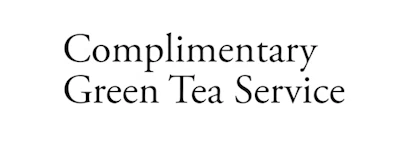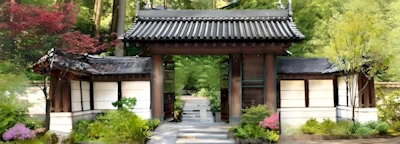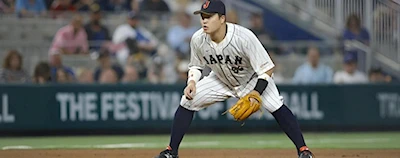Los Angeles County Museum of Art, The Pavilion

Event Location
Los Angeles, CA 90036
The Pavilion for Japanese Art is the only building outside Japan solely devoted to its art. It houses superb Edo-period paintings and exquisite porcelain.
Background
The following provide a brief online tour of the Japanese Art collection at LACMA. This tour includes sculpture, paintings, prints, and ceramics. For more information about Japanese Art, please visit our collection in person or call the Japanese Art Department at (323) 857-6565. Please also visit our Collections Online.
 The Pavilion
The Pavilion
The Pavilion for Japanese Art is unique in America as a separate building dedicated to the display of Japanese Art within the complex of a large, encyclopedic museum. The Pavilion houses the museum's collection of Japanese works dating from around 3000 b.c. to the twentieth century. The second-level West Wing gallery is devoted to the display of archaeological materials, Buddhist and Shinto sculpture, ceramics rendered in a quiet, naturalistic manner for tea or in elaborate style for dťcor or food service, lacquer wares, textiles, armor, and cloisonnť. Some of the objects in this gallery are rotated occasionally; the textiles are rotated quarterly. The adjacent space, the Helen and Felix Juda Gallery, is reserved mostly for rotating exhibits of Japanese prints. The museum's Japanese print collection contains important examples of traditional woodblock prints from the Edo period (1615-1868), especially the late eighteenth and nineteenth centuries. The strength of the print collection, however, lies in the more than fifteen hundred prints from the Meiji (1868-1912), Taisho (1912-1926), and Showa (1926-1989) periods. Displays, based on periods, themes, or styles, change every three months.
 The heart of the Pavilion's uniquely constructed exhibition space is the East Wing, where paintings are shown for periods of six weeks to three months. Works from the Edo period-ranging from finely painted works of the Rimpa, ukiyo-e, or Maruyama-Shijo schools to spontaneous expressions by Zen monks-form the core of the museum's Japanese painting collection. Paintings are naturally lit by sunlight streaming through filtered fiberglass panels. The effect approximates the original viewing conditions for these paintings and allows gold-leaf to reflect, creating dimensional levels within works of art not visible when artificially lit. Screens may be viewed at a distance, and scrolls are seen closer in alcovelike settings suggesting the tokonoma viewing area in a Japanese home. Paintings are exhibited on six levels within the East Wing.
The heart of the Pavilion's uniquely constructed exhibition space is the East Wing, where paintings are shown for periods of six weeks to three months. Works from the Edo period-ranging from finely painted works of the Rimpa, ukiyo-e, or Maruyama-Shijo schools to spontaneous expressions by Zen monks-form the core of the museum's Japanese painting collection. Paintings are naturally lit by sunlight streaming through filtered fiberglass panels. The effect approximates the original viewing conditions for these paintings and allows gold-leaf to reflect, creating dimensional levels within works of art not visible when artificially lit. Screens may be viewed at a distance, and scrolls are seen closer in alcovelike settings suggesting the tokonoma viewing area in a Japanese home. Paintings are exhibited on six levels within the East Wing.
The Raymond and Frances Bushell Netsuke Gallery on the plaza level gives the museum visitor the unique opportunity to view from all sides the miniature sculptures known as netsuke. Netsuke were used as both toggle and counterweight to help suspend hanging purses or boxes from the sash of a man's kimono. The Bushell collection contains an encyclopedic array of 836 works from the seventeenth to the twentieth century. Installations of netsuke are composed of 150 works grouped by theme and are rotated every three months. Inro, lacquer boxes used for carrying medicines or worn as purely decorative apparel, are also displayed in the Bushell Gallery.
Note: Macrons and other diacritical marks can be problematic for some browsers. We have omitted them throughout these pages.
Japanese Art Online
http://collectionsonline.lacma.org/mwebcgi/mweb.exe?request=browpage;dept=japan;method=artwork
Contact
Phone: (323) 857-6512Location Website
Click to Visit
  (For Event Information See Event Website Page)
Authentic Japanese Gardens (United States)
Best Japanese Gardens
Japanese Rock 'Zen' Gardens (United States)
Best Japanese Rock 'Zen' Gardens
Japanese Teahouses (United States)
Best Japanese Teahouses
Japanese Museum Art
Japanese Museums   Map of Japanese Museums















